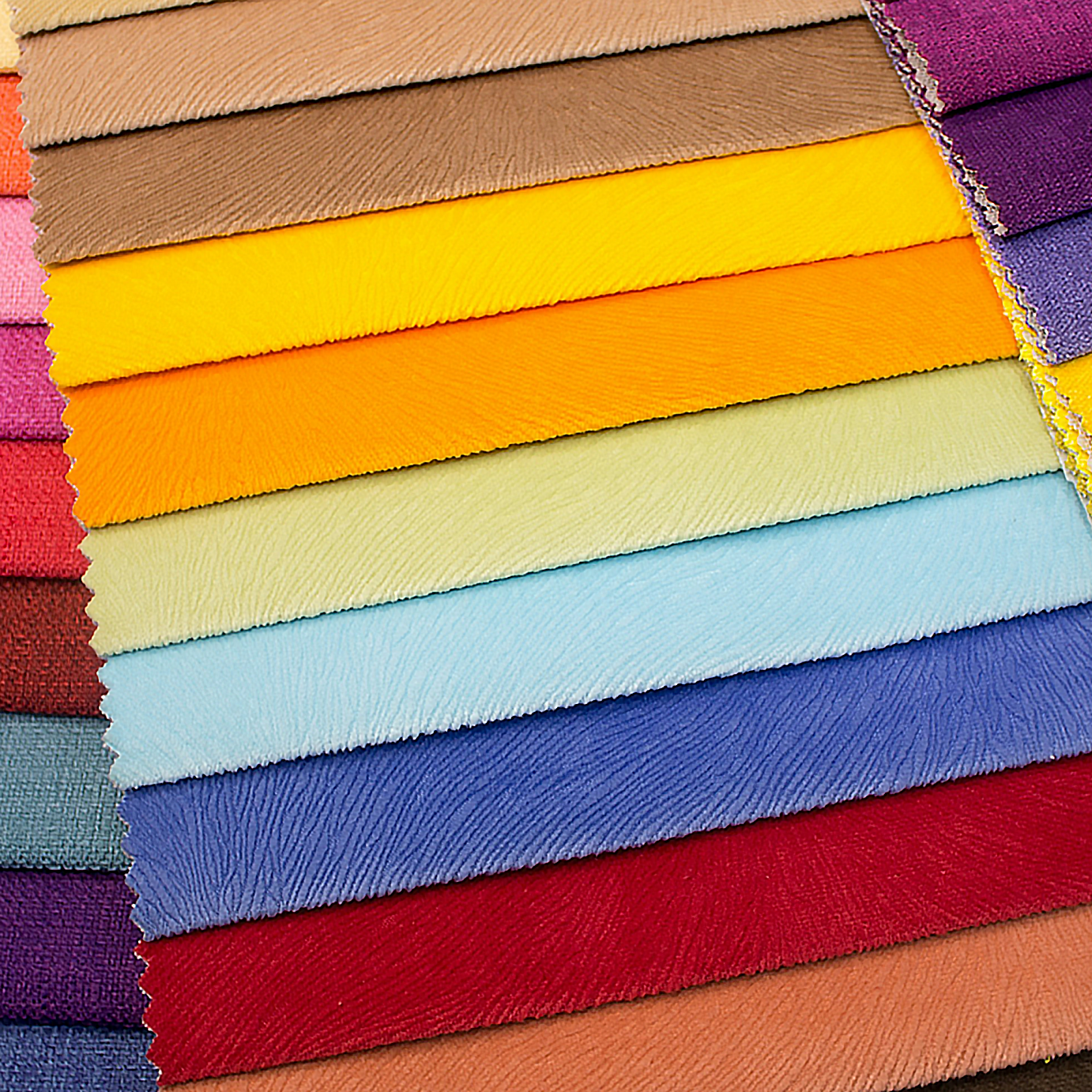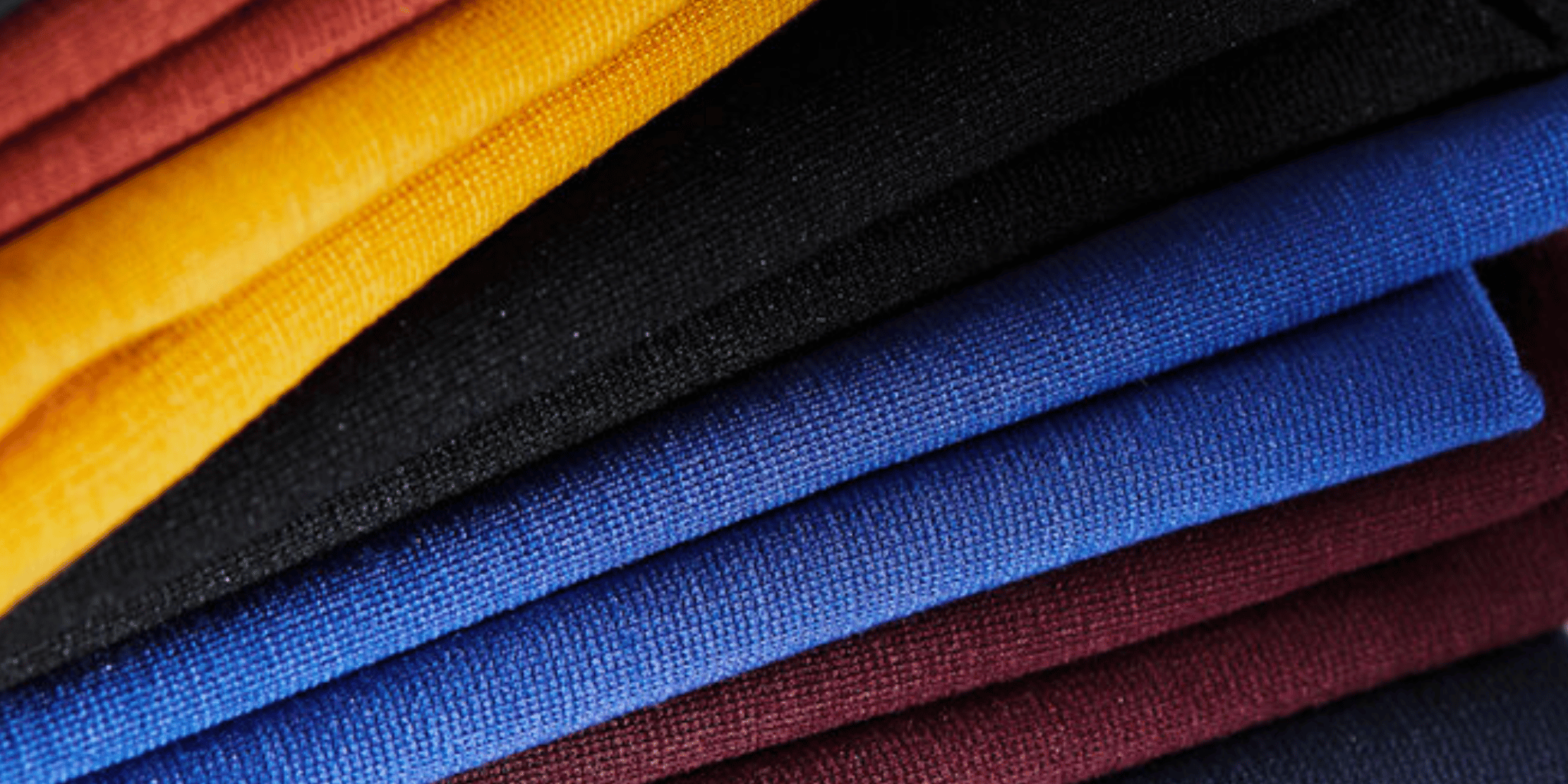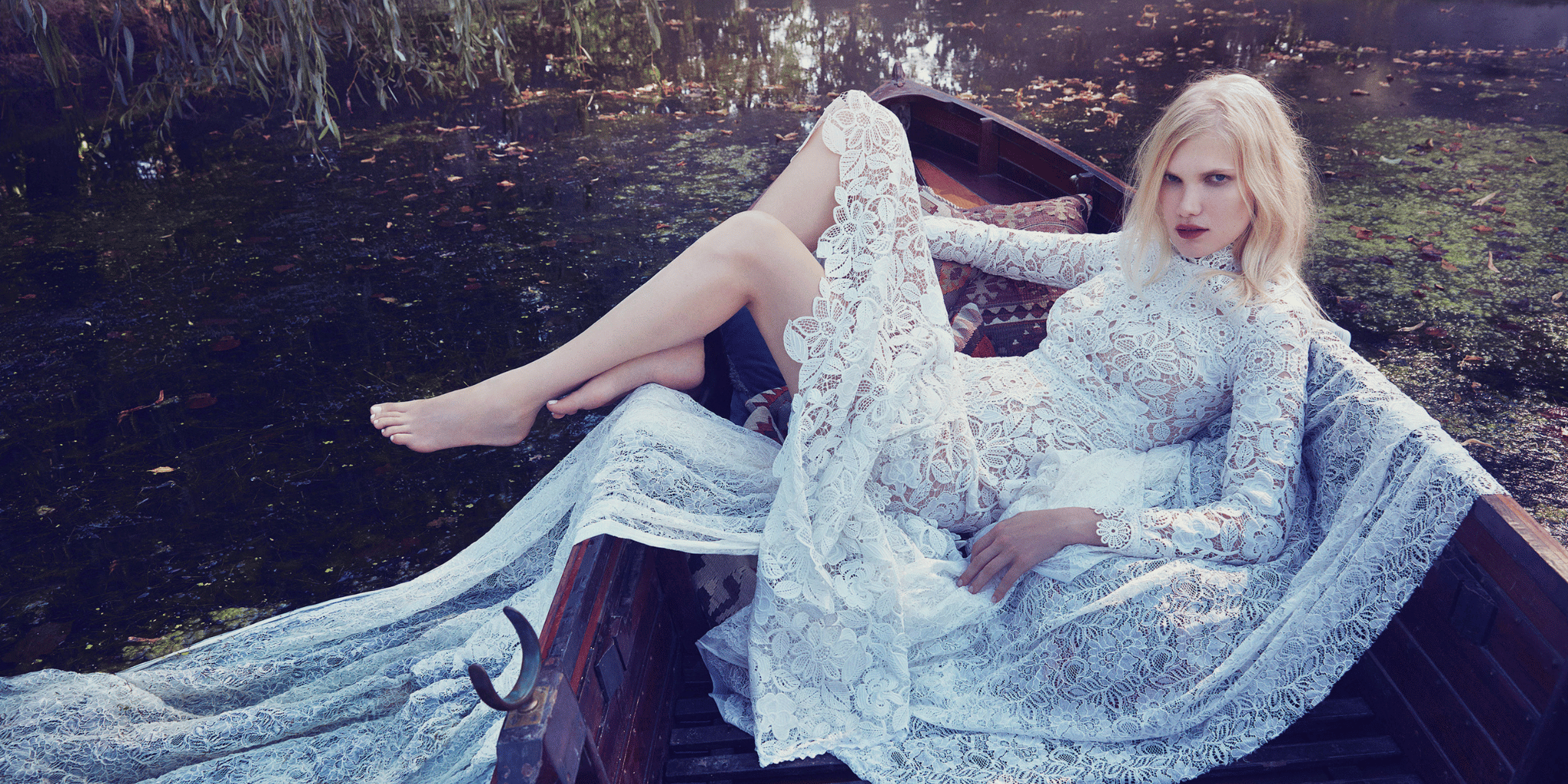
Using a variety of printed fabrics for a single project is a creative way to elevate a simple garment. For those new to sewing, experimenting with patterns can also help build your design sense. If you want to try “power clashing” but don’t know where to start, here are some helpful tips to mix patterns.
Selecting Your Prints
Plan out your design before purchasing. Pick a simple sewing pattern, particularly one without too many seams to match. Then, decide on a dominant print. This is usually the larger, bolder one, but if you’d like to use two evenly balanced prints, select one as your dominant motif.
Before purchasing, check that horizontal or vertical stripes, plaids, and checked patterns fall along the grain of the fabric (aka the direction of the weave.) Threads should run parallel and perpendicular to the edge of the fabric. If the lines of a print don’t match the grain, consider buying a different fabric as the print may look strange in the finished piece.
Determine whether a check, plaid or striped pattern is regular or irregular. Fold the fabric in half, lining up the dominant stripe, then fold back the top corner at a right angle. If stripes match across the diagonal fold in both colors, the pattern is regular. Plaids and checks in a regular pattern will match in width. If they don’t match, the pattern is irregular.
Remember that large designs will be emphasize certain parts of the body. Contrasting a large print with a smaller print like a floral or paisley may be flattering by comparison. Small prints can also look great when mixed with simpler patterns, like stripes or solid colors.
Tip from Zelouf: when working with prints, buy at least 25% more fabric than you need and consider purchasing even more if using a large pattern.

Combining Your Prints
Now for the fun part! With bold attire on trend this year, there are really no rules for power clashing. But if you’re feeling lost, here are a few helpful style rules:
- Large prints can be paired with small or medium designs.
- Similar or complementary colors can be paired together.
- Color families (neutrals, neons, pastels, etc) work well together.
- Matching a pattern in contrasting colors is a fashion classic.
- Accenting a garment with a bold detail is always a safe bet, such as glitter fabric pockets, a polka dot ruffle, or multicolor stripes for cuffed sleeves.
Go Bold! Take Risks!
Some iconic prints are so commonly used that they have almost come to function as neutrals. In recent years, patterns like animal prints, gingham, and camouflage have become wardrobe staples that easily pair with other patterns. A plaid skirt, for example, is classic enough to hold its own alongside neon or metallic accents.
You can apply this same logic when pairing aesthetic categories. Is your desired look retro-inspired? Try combining textures, natural and synthetic materials, or mismatched prints. Is your ideal look more maximalist? Pair bold stripes with abstract designs, or add polka dots and bright colors to formal attire.
Whatever you choose, the bolder the better! Fashion is all about taking risks, so don’t be afraid to show off your personal style.
Shop thousands of patterns and prints at Zelouf Fabrics.





